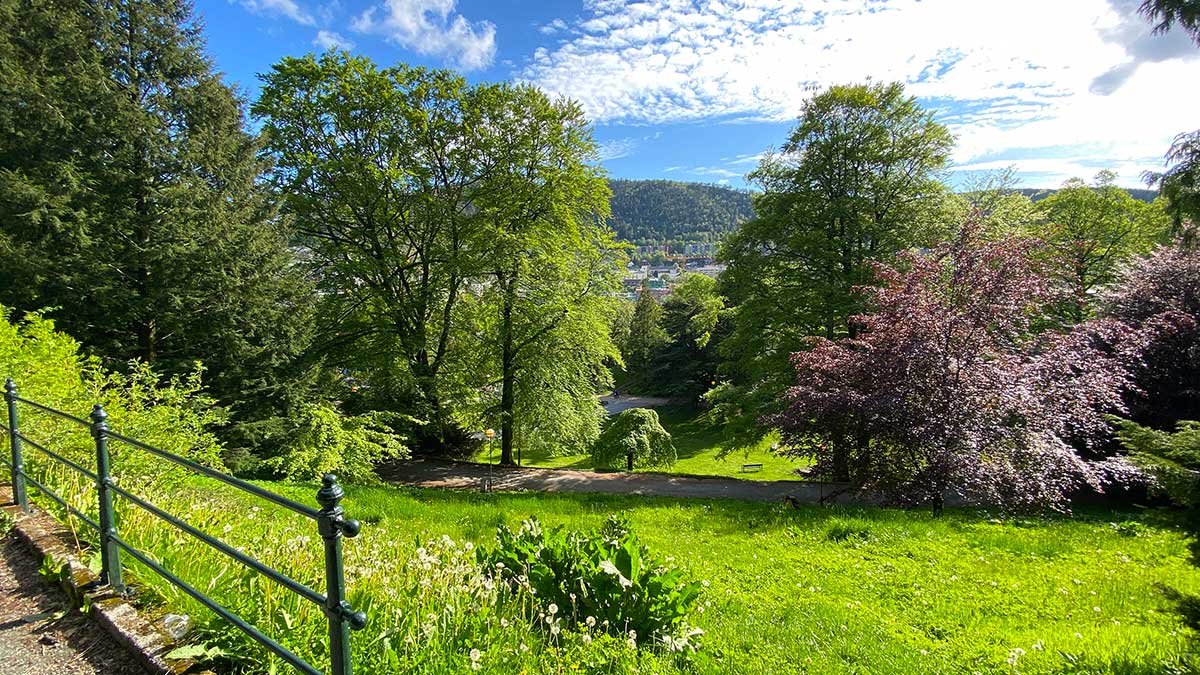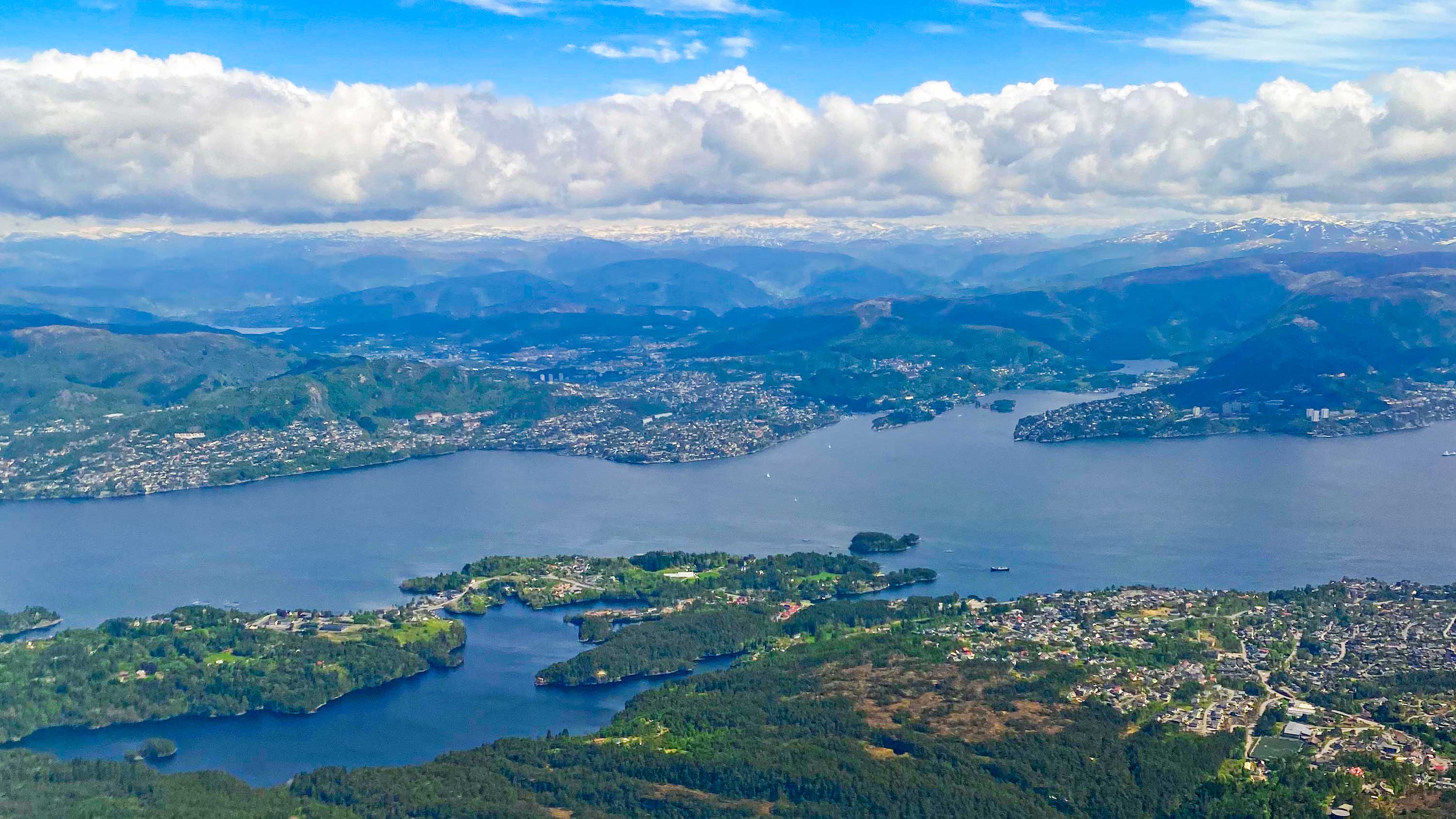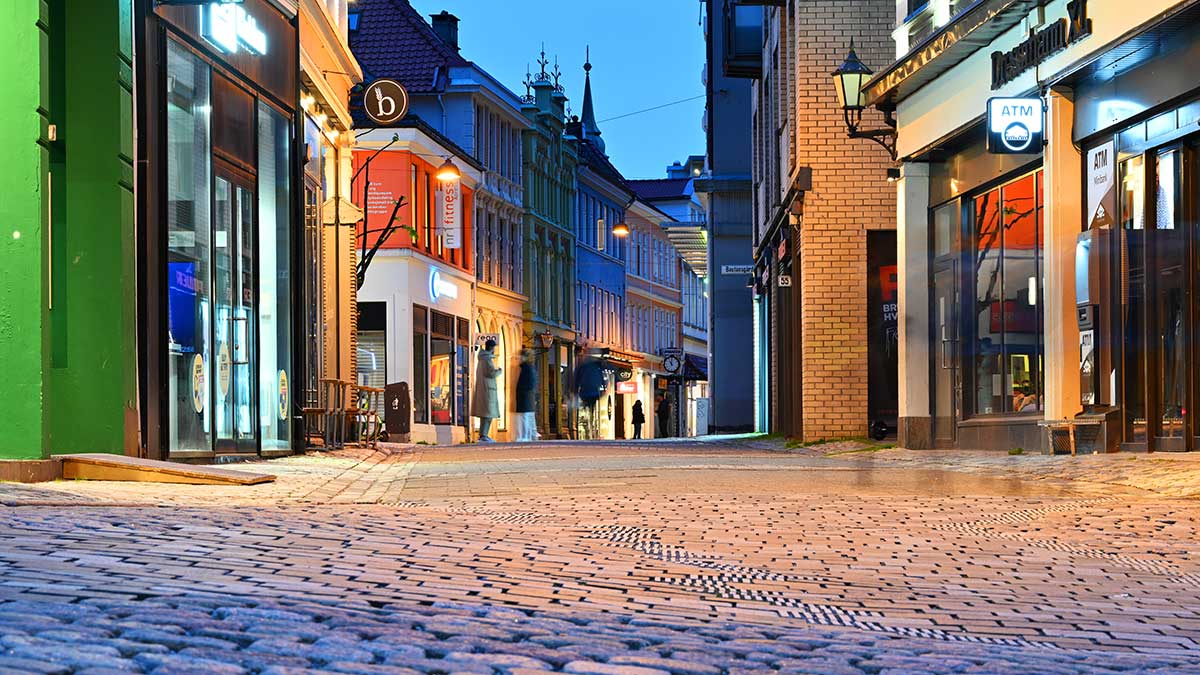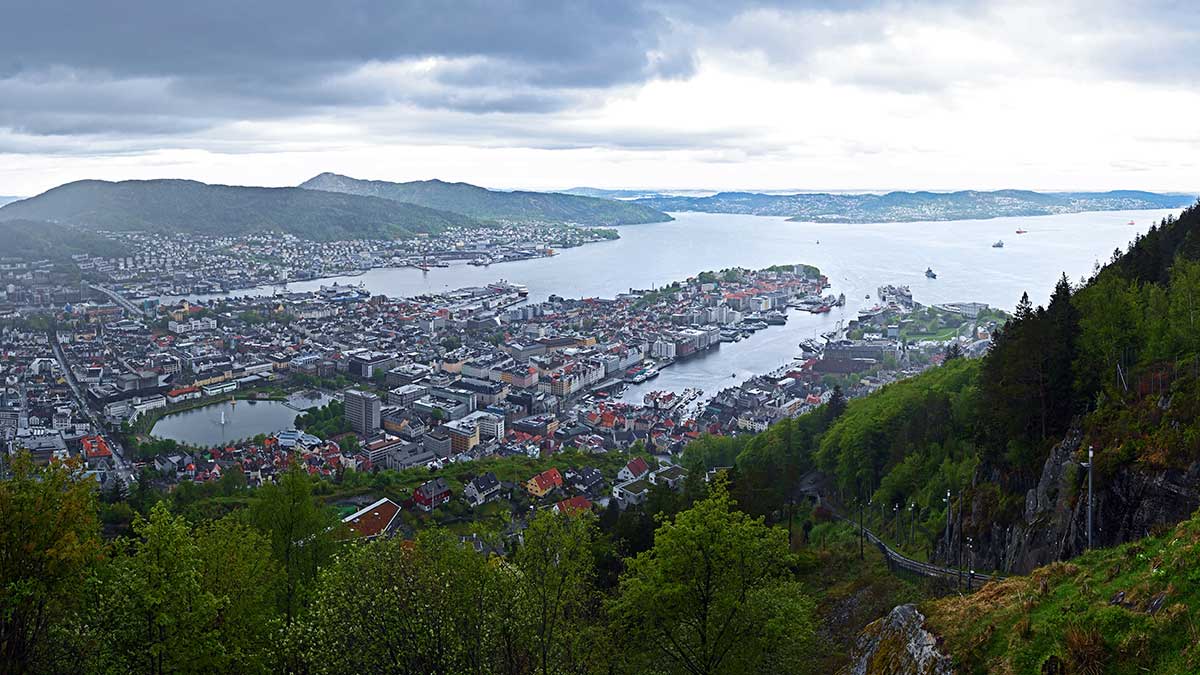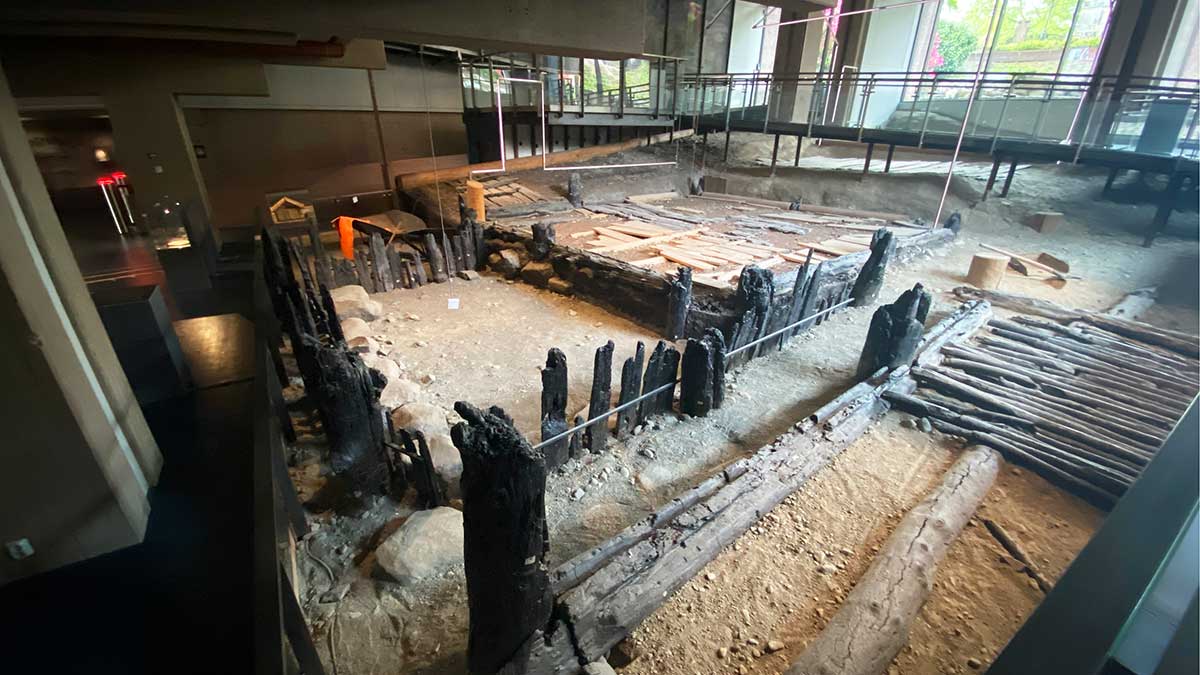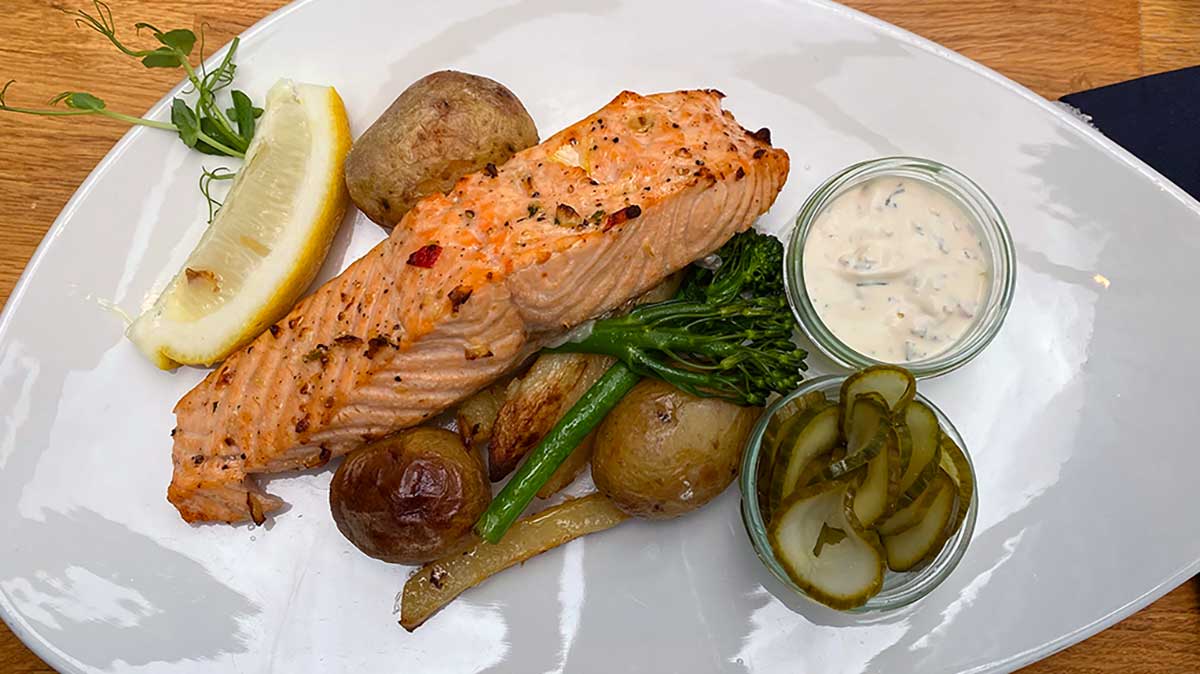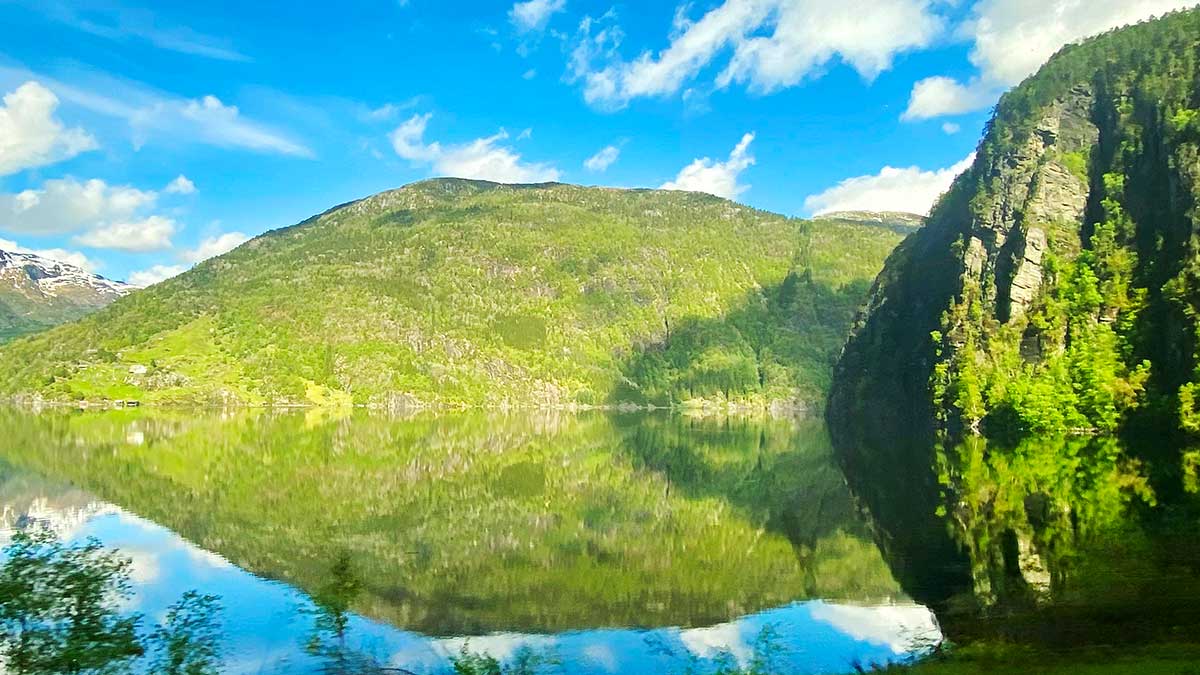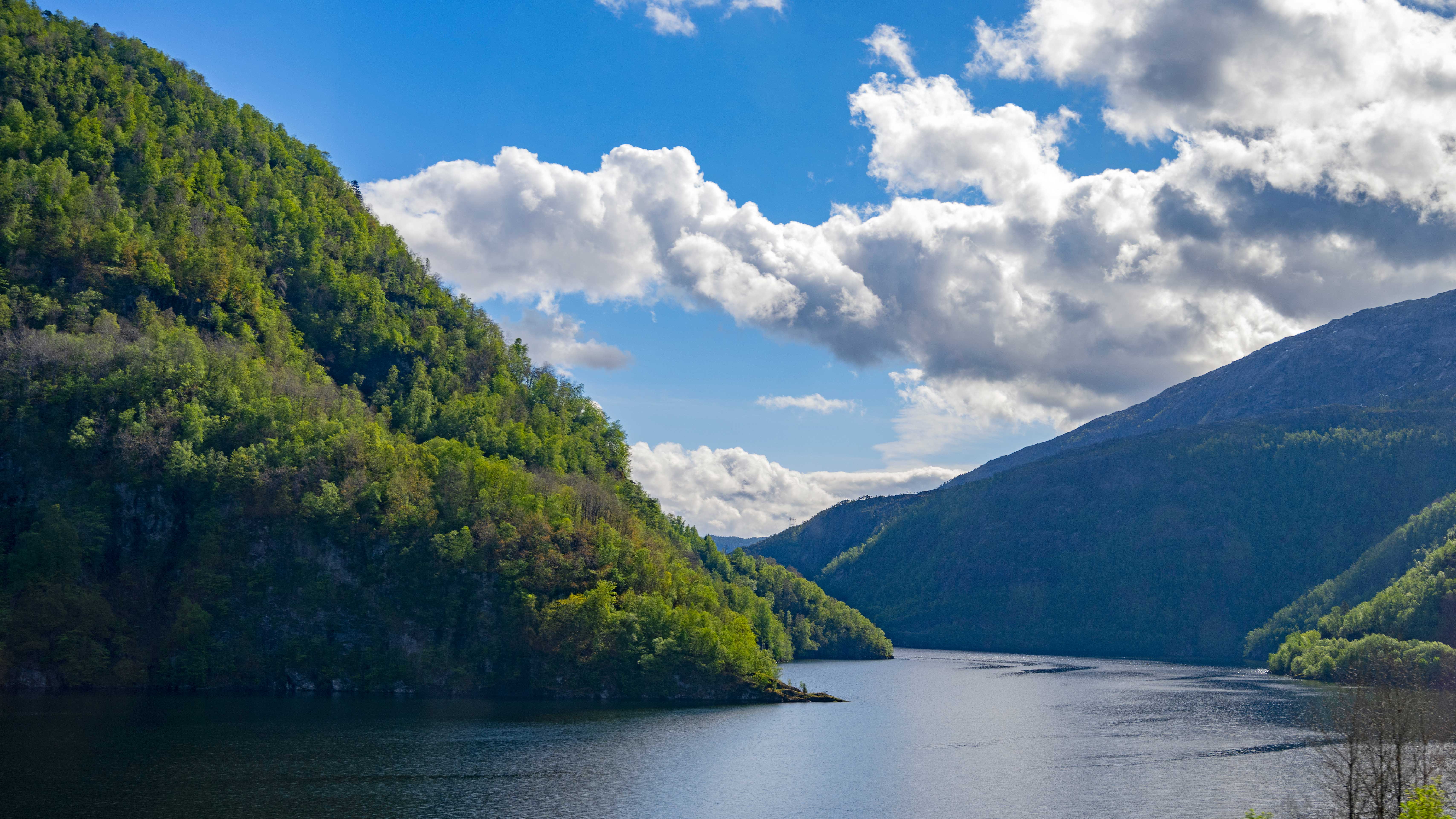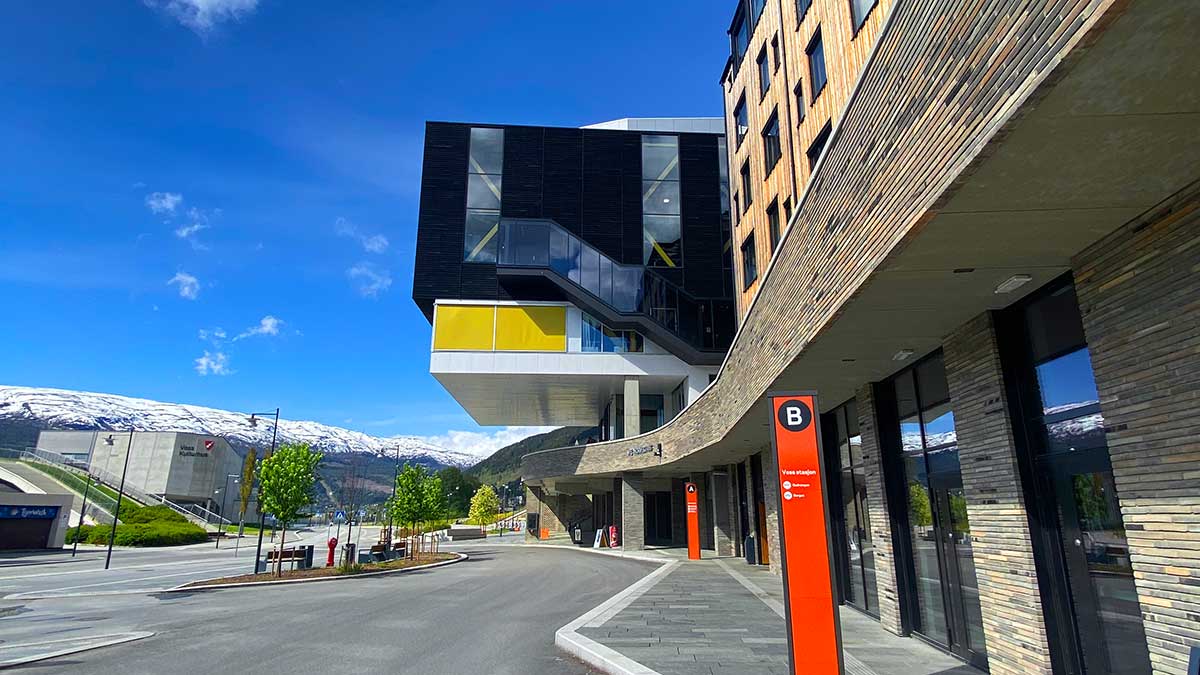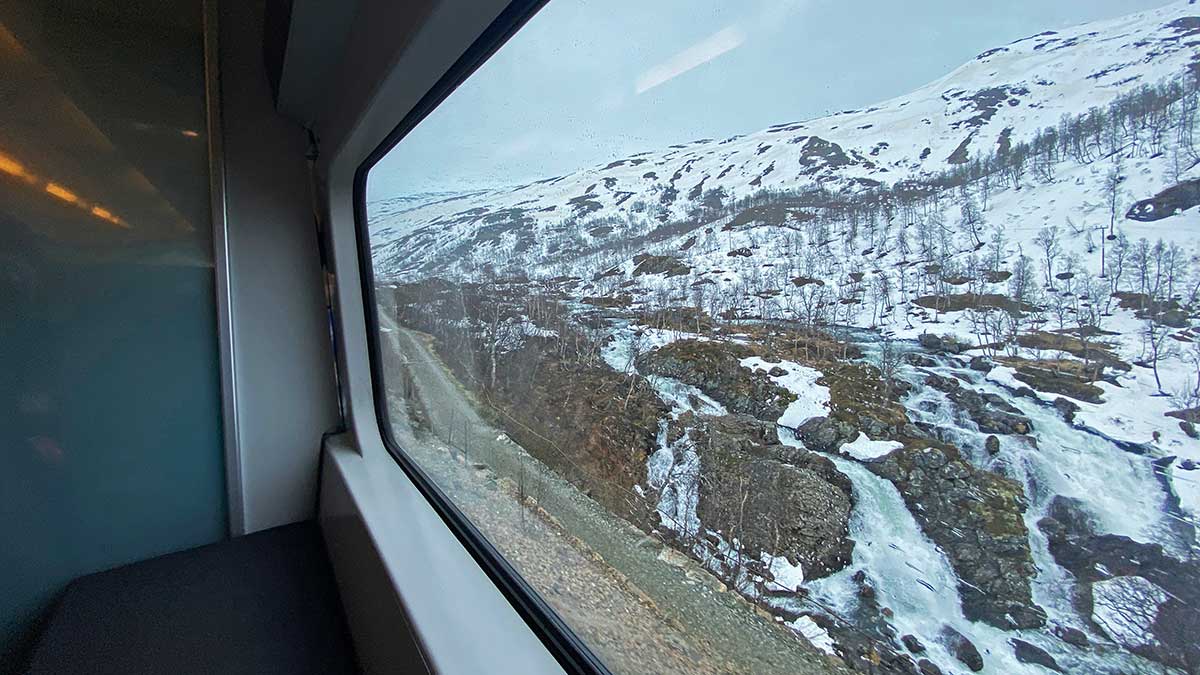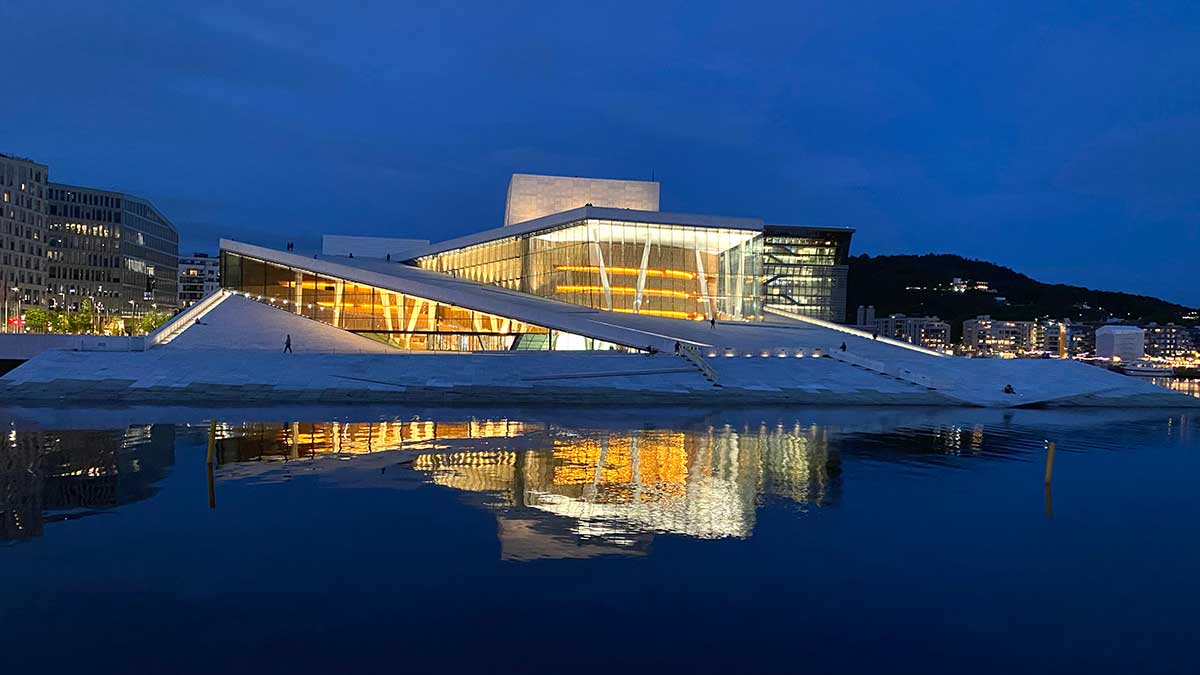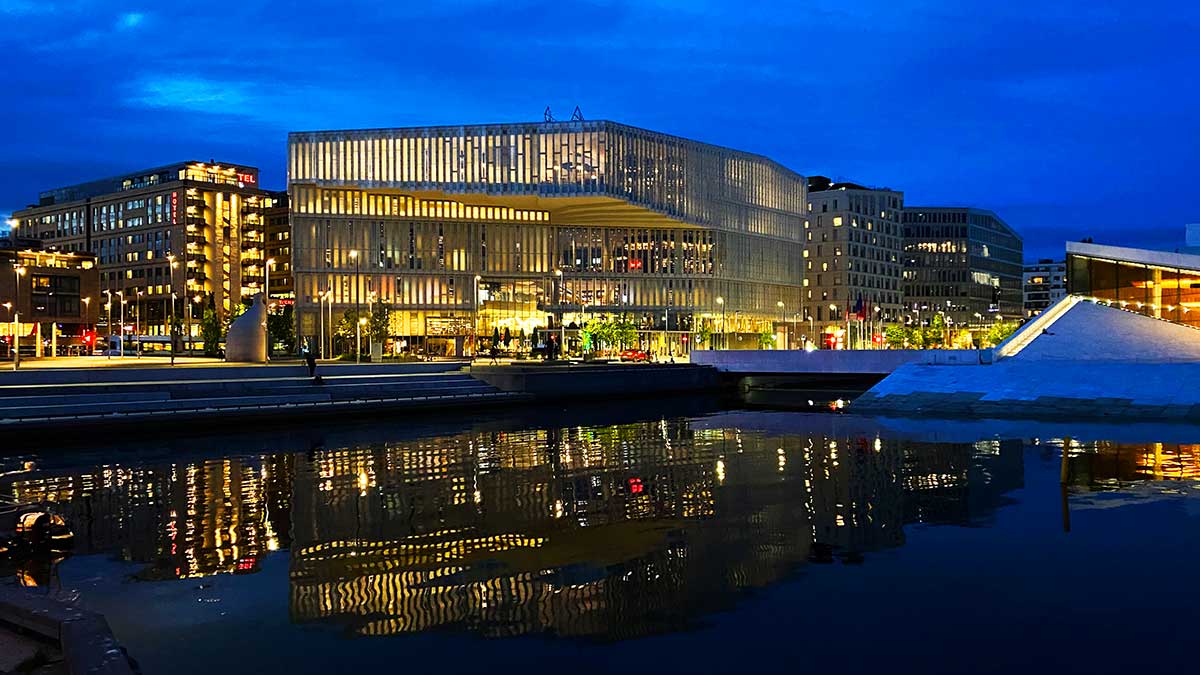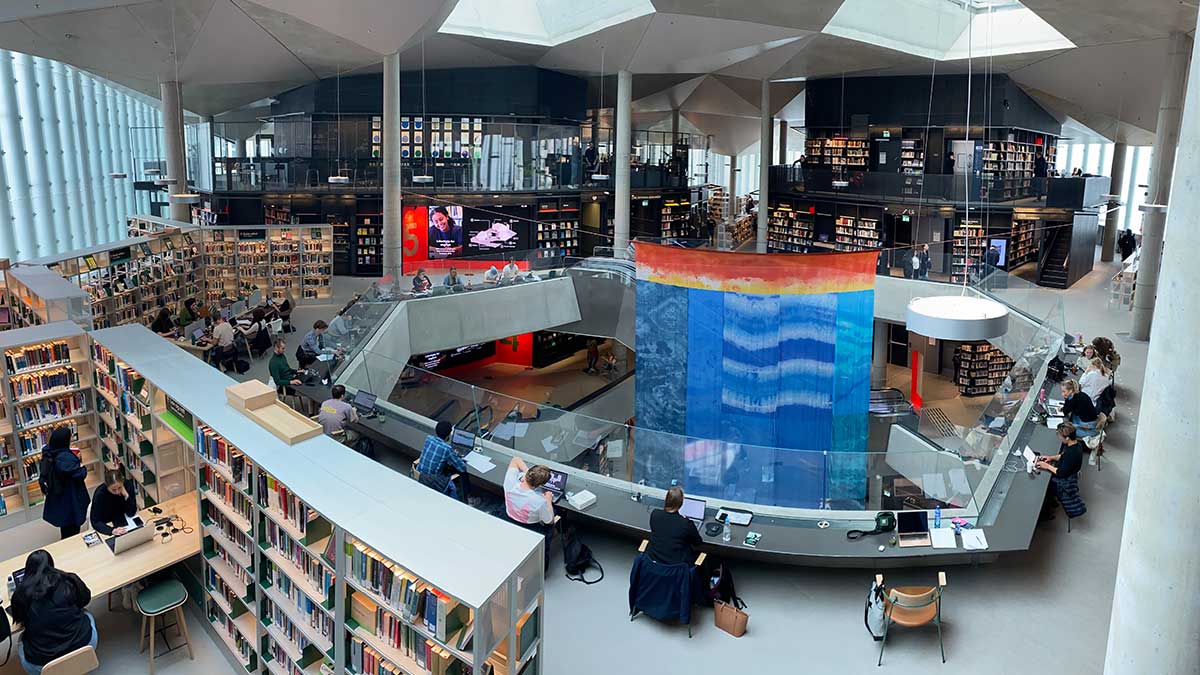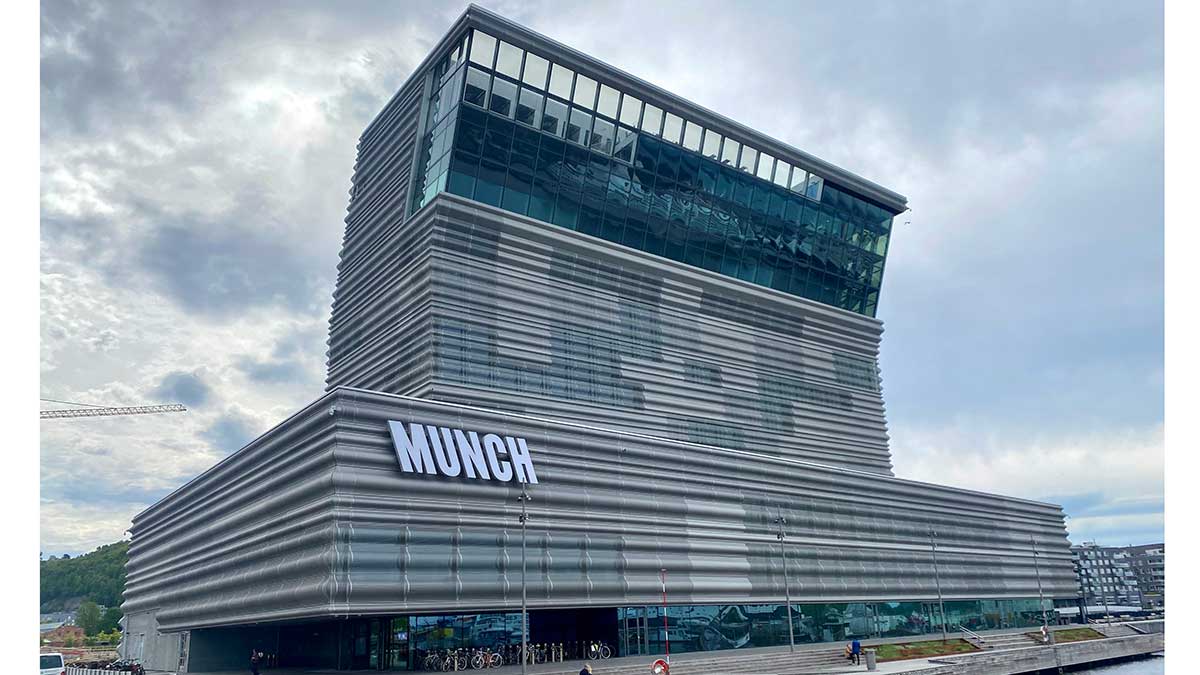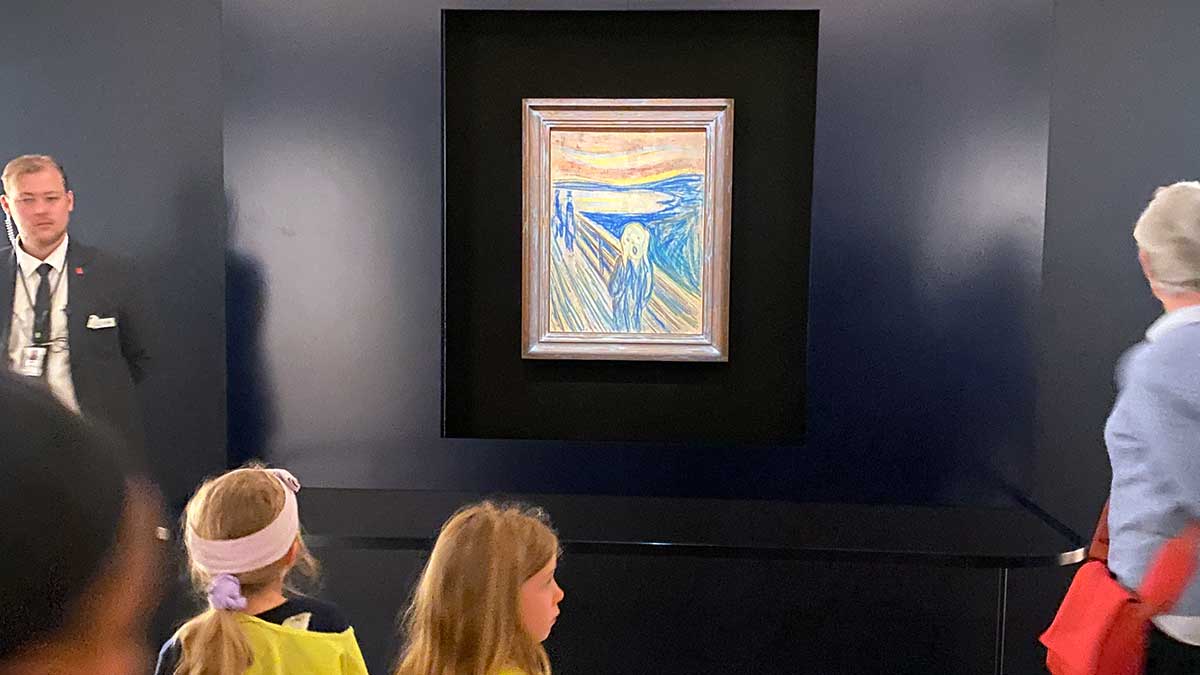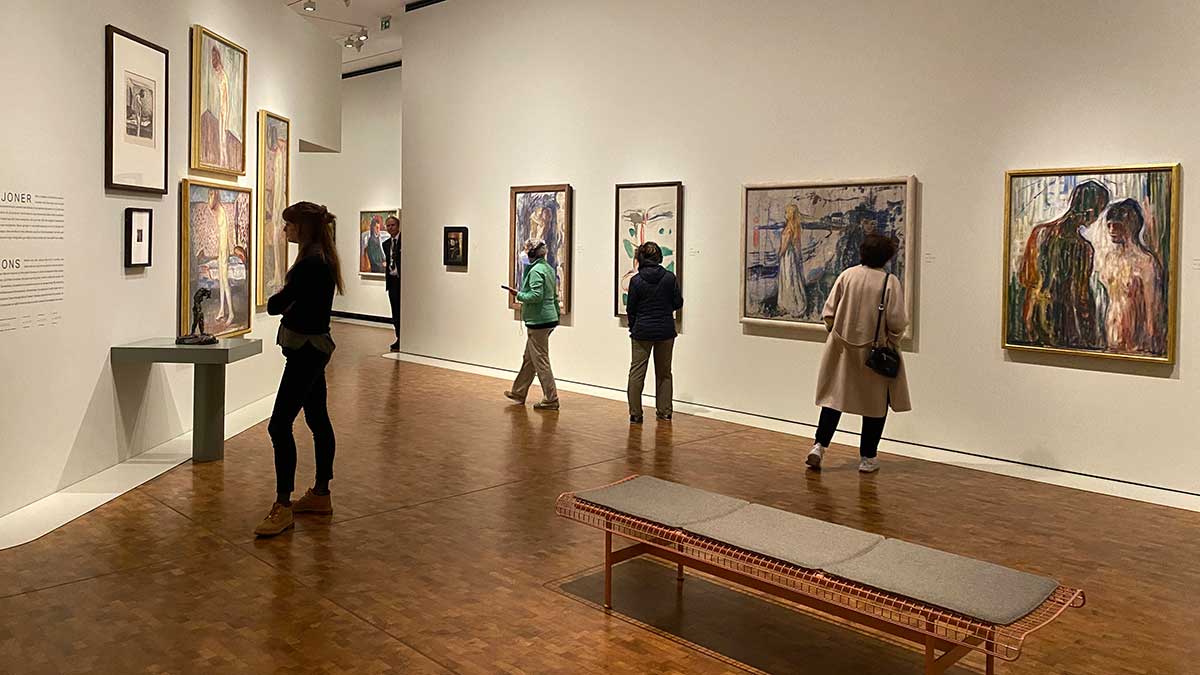Aramcon Travel
Taking in the beauty of Norway
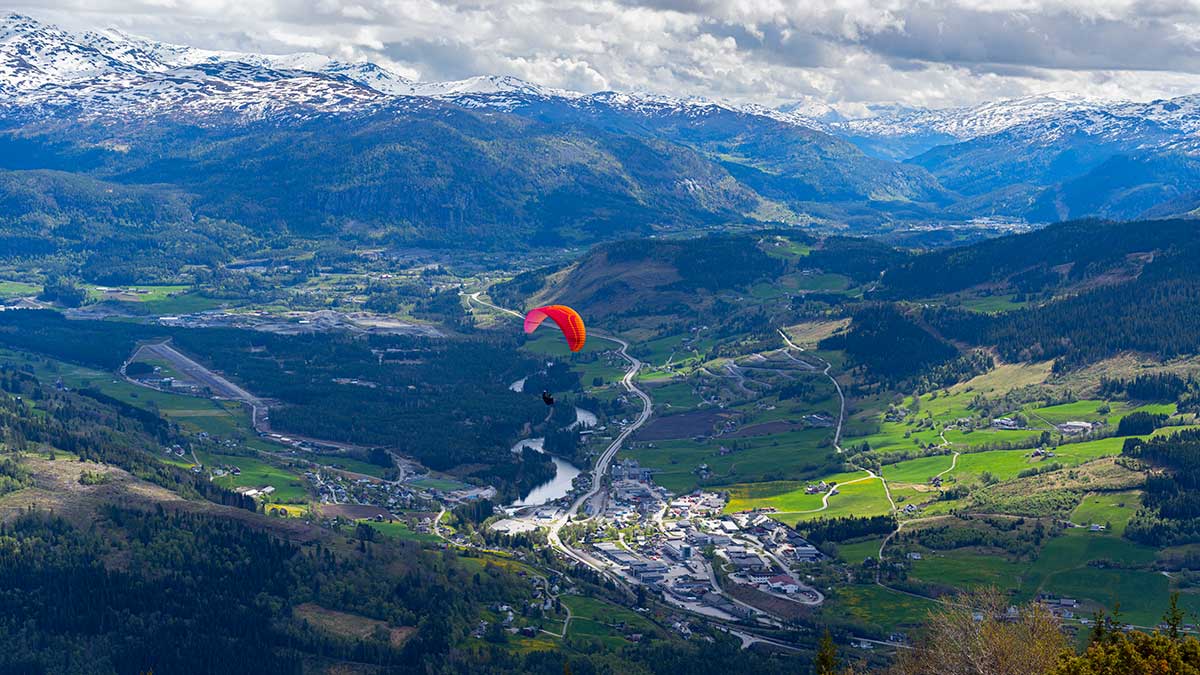
Global July 07, 2022 - By
By foot or by bus, Scandanavia’s resplendent with gorgeous landscapes and interesting architecture.
Each travel experience is different, no matter how close the countries are to each other geographically and culturally. This is what I’ve learned from my recent trip to Norway which was vastly different from any other place I’ve been to in the European union.
Due to its location in the far north of the old continent, Norway is a place where mountains and water straits (or as they’re commonly referred to in Norway as fjords) create an incredible scenery. The rich ancient history of its cities and beauty of its many Scandinavian-style buildings provide visitors with an experience like no other.
Bergen City
We landed in Bergen on a beautiful and clear afternoon. Arriving by plane allowed us to enjoy the aerial view of the water bodies and mountains from the windows. We were able to take in the natural beauty of Bergan; a city located in southwestern Norway and is one of the country’s most important and oldest cities. It is also an active seaport, as it is the starting point for many cruises of varying lengths – from just one hour to a few days.
History and nature in The Bryggen and Mount Fløyen
The first stop of our trip was a walking tour of The Bryggen which is a historic harbor district that was listed on the UNESCO World Heritage List in 1979. It overlooks several compact buildings that have since been transformed into restaurants, hotels, and souvenir shops. In addition to a museum that tells the story of the place and features an exhibition of the city's remains after fires destroyed the neighborhood several times. The museum also showcases much about the history, culture and life of the Viking, including tools and fashion.
Mount Fløyen was our first stop the next day, one of seven mountains surrounding the city. We took the tourist train to its peak. We were greeted by rain at the top, but that didn’t stop us from enjoying the panoramic landscape of the city.
During the tour, we passed through the fish market and other surrounding popular shops. The market offers visitors the opportunity to buy local produce and experience fish dishes at the restaurants nearby, especially the world-famous salmon associated with Norway.
From Bergen to Voss by bus
Our second destination was the district of Voss, where we boarded the bus. Taking the bus is an attractive option in Norway, given the high cost of renting a car; Norway imposes high taxes on cars and fuel, and on the other hand, they provide a number of alternatives such as electric cars and other forms of transportation inside the cities, such as electric scooters.
Though the bus trip to Voss was just over an hour, the beauty of Norway never ceases to amaze us; the reflection of the surrounding mountains on the lakes was breathtaking, as if the lakes’ surfaces were covered with mirrors.
Adventure and relaxation station
We arrived in Voss, a place very popular with extreme sports athletes and a haven for those seeking nature adventures or relaxation. Our hotel, which sat in front of Lake Vangsvatnet was brilliantly integrated with the town information center, an aerial tramway platform, the train station, and the main buses. We took the Gondolato the top of the snow-covered mountain and watched as paraglidersgathered in an area designated for their flights over the town. Meanwhile, hikers made their way along scattered paths over the top of the mountain and down to the town.
Voss gave us an opportunity to enjoy nature, walk around and relax, making it different from the city of Bergen or the capital Oslo, which we left for the next day by train on a six-hour trip.
To the capital Oslo
From Voss, we headed east to the capital Oslo by train that ascended the steep peaks of Norway’s mountains. The area was covered by snow and thick with trees. Timber is one of Norway’s most abundant natural resources, something that you’re constantly reminded of while crossing the country.
After passing 12 stations, we arrived at the central station of Oslo. Perhaps the most striking thing one notices upon arrival (especially in comparison to other Norwegian cities) is the significantly diverse population in the capital. One can hear the various languages and dialects throughout the station and surrounding neighborhood. Oslo is truly a metropolis bustling with people of many backgrounds and nationalities.
Oslo Opera house and public library
The Oslo Opera House is one of the capital's most iconic buildings. The roof of the building angles to ground level, creating a large plaza that invites pedestrians to walk up and enjoy the panoramic views of Oslo.
A few meters from the Opera House is the easily accessible Oslo Public Library, where people of all ages are welcome to enter. Its interior allows hundreds of visitors to work on their personal devices or sit reading on terraces. In addition to seats and reading tables in lounges and cafes.
Munch Museum
The Munch Museum, dedicated to the life and works of the Norwegian artist Edvard Munch, was a must-visit location.
The museum building’s unusual vertical shape and gray facade opened last year with several floors primarily dedicated to Monk’s work, as well as a floor featuring an art collection of Norwegian art collector Rolf Stenersin.
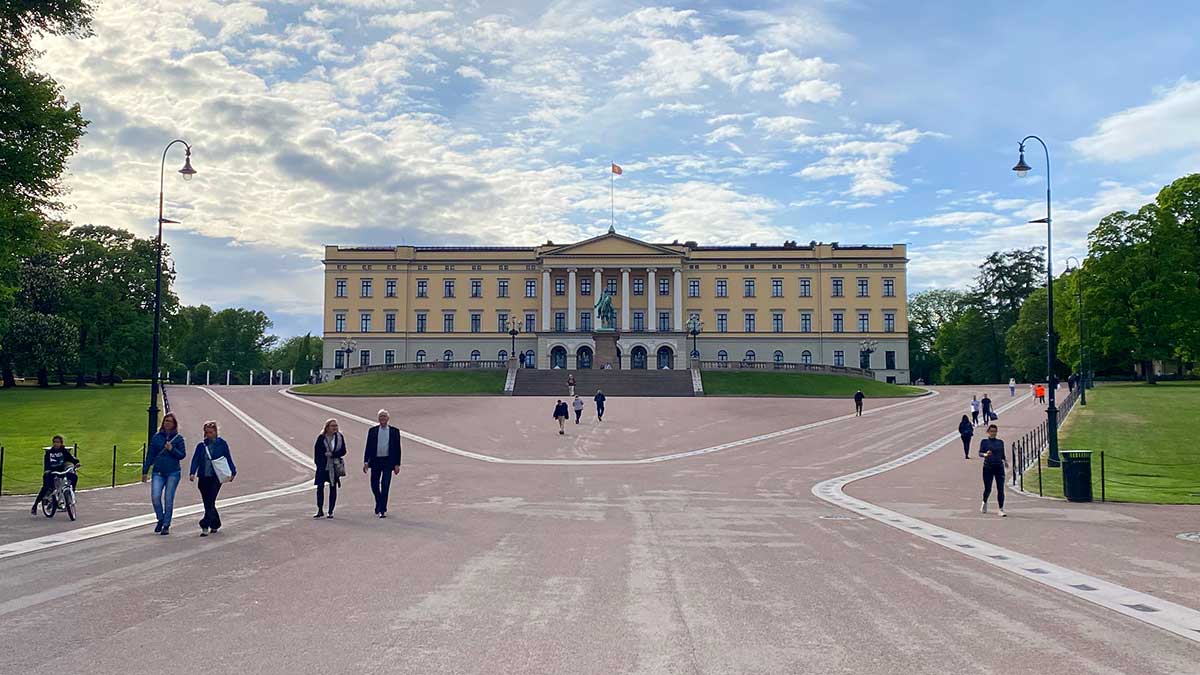
Royal Palace and Oslo Gardens
The last leg of our tour of Oslo was at the Royal Palace, a building that provides historic depth and architectural contrast with contemporary buildings nearby. Built nearly 200 years ago, the palace is surrounded by gardens and squares worthy of visiting with its many statues adorning the corridors and squares.
